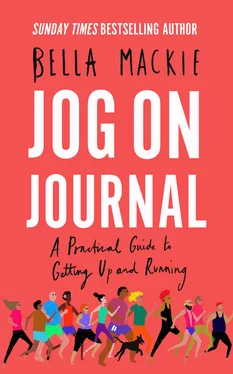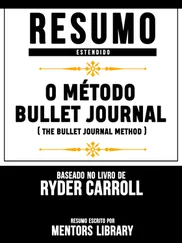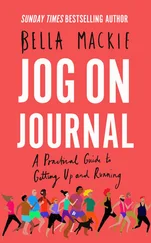
What can you take away from the comparison? Do both scenarios involve a specific place? Or a time when you’re tired? Begin to notice what common threads link your worries and remind yourself of them when you next feel anxious.
How can you stop catastrophising? We’ll talk about this a lot more as we go on, but here are a few tips:
• Notice what your brain is doing – it’s a lot easier to calm yourself down if you catch the pattern early.
• View the thoughts from a distance. It helps me to internally say: ‘Ah, I see I am spiralling into doom-laden thoughts. I wonder why I’m going there.’
• Evaluate why you’re going there – are you tired? Are you hungry? Do you have a presentation to give tomorrow? Are you pre-menstrual? Sometimes it helps to figure out a real-life fire-lighter that might be stoking the worry.
• Don’t berate yourself too much – it never helps to call yourself a dick. Instead, go easy – a sort of ‘Thanks for trying, but not today’ reply to your mind.
• That said, dispute the worry – don’t discount it completely, but question it. I use this with flying: ‘But planes are the safest way to travel, Bella.’ Might sound small, but it has an impact.
• Figure out what you CAN do to help ease the worry – practical things, like paying a bill or setting aside time to write that presentation. Start somewhere, even if it’s small.
• If all else fails, distract yourself with something comforting – I bake or listen to old Agatha Christie audiobooks when my mind is spiralling. Often doing something with your hands can help quieten your mind.


The term ‘fight-or-flight’ sounds really dramatic – as though you’re about to go to rumble à la West Side Story . If you’ve not seen the film, go and watch it. Tony. That’s all I’ll say about that.
It’s important for people with anxiety (and those with many other mental-health disorders, from PTSD to bipolar) to familiarise themselves with this very normal human reaction, because it comes from fear – and fear is the sensible and reasonable cousin of anxiety. The cousin who calls your grandma on her birthday. The cousin who trained for years and makes your mum wonder why you never became a doctor. And yes, I am stretching this metaphor, thank you for noticing.
Anyway. Fear is healthy – we need it. It’s how we know to get out of a burning building. And it does this with the fight-or-flight response. This physical reaction – when the human body produces a bunch of hormones to make you faster and stronger in the event of … oh, let’s say a lion attack – is a wonderful thing, but our brains respond identically to both real and unreal danger. So the fight-and-flight mode that equips us to fight terrifying animals can also kick in on a Monday morning rush-hour commute when there is no obvious threat. And for people prone to anxiety … well, this response can start working against us.
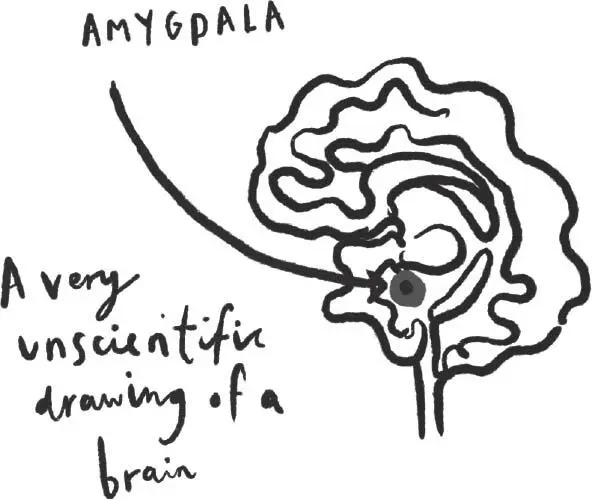
The fight-or-flight response does a bunch of stuff to your body when it kicks in – your amygdala (the part of the brain which processes emotions) sends out a sort of distress signal and your body knows to gear up for a scary situation. You produce more adrenaline, your heart rate goes up, you breathe faster and you get a rush of energy. It’s thought that this all happens before your conscious brain has even considered what’s happening (and explains why a person could jump in front of a train to save a person who’s fallen on the tracks).[2]
In a scary situation this is all GREAT! But if there’s no immediate emergency and yet your brain goes on sending the danger alert, then your body keeps producing the adrenaline and this keeps your brain thinking there’s something going wrong. That feeling of excess energy, that pounding heart. Think about how that feels. It’s not nice, huh? So of course if you’re feeling all of those things, your mind is still casting around for peril. And so the cycle begins.
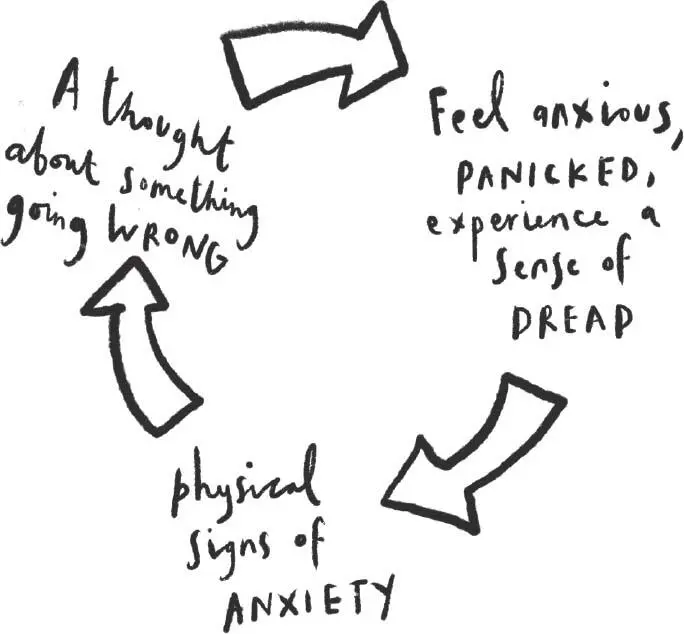
Sound familiar?
It might be helpful here to write down five times your fight-and-flight response has kicked into gear for a GOOD reason. And then write down five times it’s reared its head in an unhelpful way. We need to make an effort to distinguish the normal fear reaction from the excessive and unwarranted fear reaction so that our brains are better able to respond appropriately in a future stressful situation.
Just as with catastrophising, you can help push back against this. It’s exhausting to get trapped in such a cycle. You spend hours, days, weeks feeling full of adrenaline – teeth grinding, sweating, humming with nerves – and then you crash and can be overwhelmed with headaches, tired to your very bones, feel shaky and achy as though you have the flu. And, long term, cortisol (the stress hormone) isn’t very good for you – it’s been shown to prompt weight gain, affect blood pressure and mess with cholesterol.[3] And the rest. Anxiety really is the gift which keeps on giving.

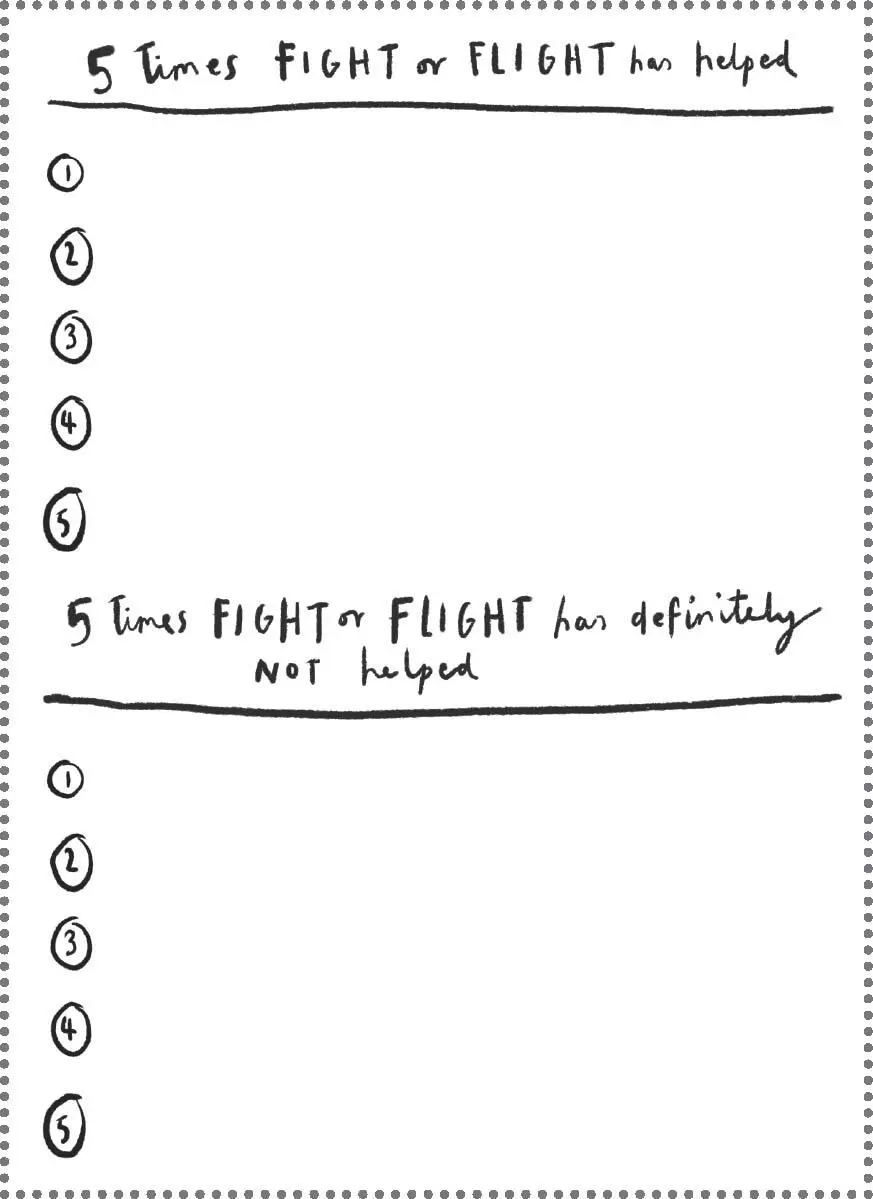
Some things that help put the brakes on this cycle:
• EXERCISE(there may … just may be more about this later).
• MEDITATION AND MINDFULNESS.
• SOCIALISING– studies have shown that a ‘tend and befriend’ response can lower these symptoms of stress – providing safety and security instead of panic.[4]
• LAUGHTER– sounds simple, but has been shown to reduce stress hormones and promote mood-elevating hormones like endorphins.[5]
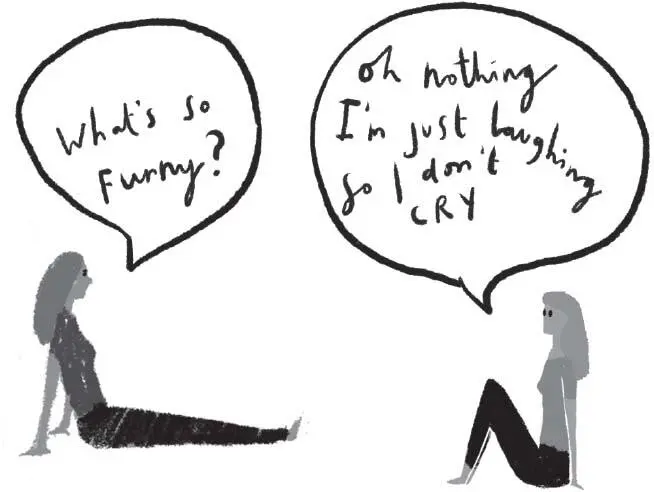
Above all, it helps to reassure yourself. It sounds silly, but sometimes just saying, ‘I am safe’, as many times as I need to (internally or out loud), can really help calm my body down in moments when I want to get the fuck out of a place that my body is telling me is scary. Try it, see how it feels after you’ve spoken positively to yourself. Our internal voices are so often complicit in making us feel worse – and it’s a ‘skill’ we build up over many years, so it’s understandably hard to break. But with practice, you can make that voice more sympathetic and less willing to just go along with the latest worry that might have popped into your brain. Reassuring yourself is a good way to start. It can be any mantra as long as it’s positive and calming – ‘I can do this’ is another good one.
Читать дальше
